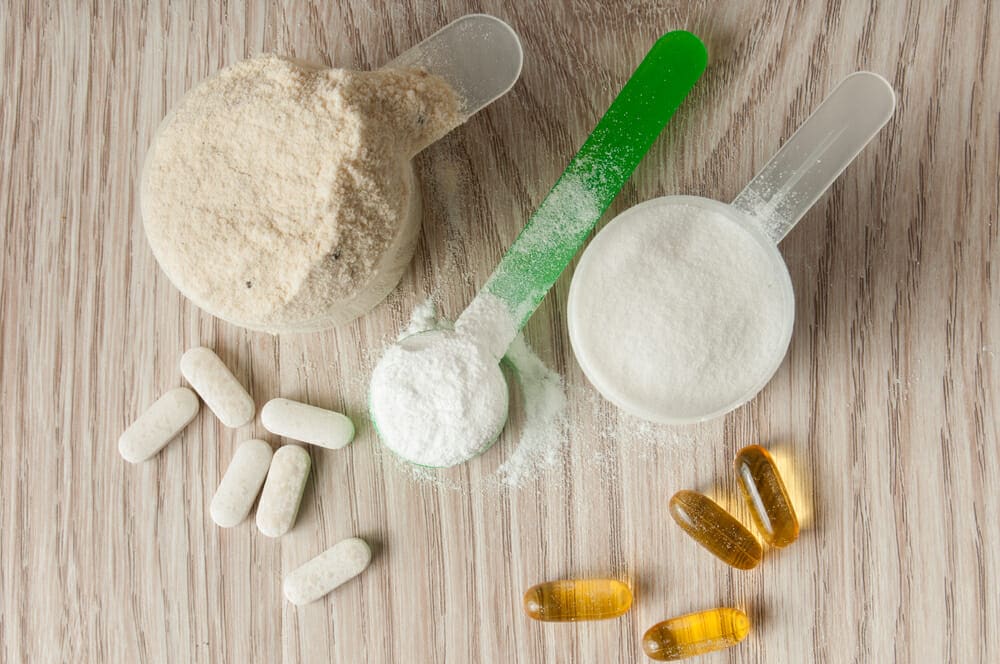Most people have a general idea how many calories they consume when it comes to solid foods, although it is quite common to forget that when we drink, we are still consuming calories. Alcohol drinkers, especially wine drinkers, may be surprised at the calorie intake associate with wine. So how many calories are in wine?
The answer depends on your discernment. Most wines come in under the 100 calorie mark per glass. This is assuming that you are using the appropriate wine glasses. There are fewer calories in wine than most other alcoholic beverages. White Zinfandel and Sauvignon blanc come in at 80 calories per serving. Considering that one glass of wine per evening is good for cardiovascular health, this can be a reasonable compliment to an evening meal.
Marsala also weighs in at a mere 80 calories per serving while Chablis is a mild 85 calories. Red Zinfandel as well as the majority of other popular wines, comes in at 90 calories per serving. Riesling, Chardonnay, White Burgundy, and Cabernet Sauvignon all round out at 90 calories per 4 ounce serving. Topping it off with just 5 additional calories you can sip Red Burgundy, Red Bordeaux, Beaujolais, Merlot, Rhone, or Rose.
Considering that most people have more than just one glass, the remaining wines are considered to be a little heftier in calorie count. While a single 4 ounce serving may only add about 100 calories to an evening, those who drink wine regularly tend to do so with a certain amount of vigor, consuming between 3 and 5 glasses in an average evening.
Wines such as Mosell, Pink Champagne, and Chianti contain 100 calories preserving while Sangria and Sauterne climbs that calorie ladder by and additional ten calories. Dry Champagne meets them in the middle at 105 calories.
It”s not just about the calories in wine when trying to maintain a low calorie lifestyle and still participate fully in social events or a romantic evening. Some calories are easier to burn while others are easier to store. Wine comes from fruit which is a form of sugar. The sugar in wine, even dry wines, makes the calories a bit harder to burn off. Sugar that comes from fruit is a natural and healthy energy, although once the fruit has been fermented, the sugar content raises and becomes more fructose-like than its original form.
Other wines weigh in much heavier in the calorie counting battle. Muscatel comes in at 160 as does Madeira. Tokay sneaks up to 165 while White Port hits 170. Ruby Port tops the list at 185.
Now, keeping in mind that an average gin and tonic comes in around 280 calories and that most frozen delectable alcoholic drink can average 800 calories or above, wine is certainly a low calorie choice given the options.
And of course we are all familiar with a “beer gut,” which is never referred to as a “wine gut.” Regular beer can be anywhere from 140 to 200 calories per 12 ounce serving and light beer weighs in on average around 100 calories. The conception that light beer means that it is calorie free has produced a high level of sales for the lighter version of the basic favorites. In no way are these beers saving on significant calories. Not to mention they are filled with empty calories.
It is perfectly possible to maintain a healthy lifestyle and still enjoy the occasional evening out or a couple glasses of wine with dinner. The wine drinker is fortunate as the calorie count in most wines do not necessarily call for large alterations to diets in order to enjoy a few drinks. For the occasional social wine drinker, cutting out about 100 calories per meal during the few days before a social event will help to keep a solid daily average. The calories in wine are low enough that most people can simply cut out the desserts offered at the social event and just one or two lighter calorie meals preceding the event. For daily wine drinkers, skimping a few calories out of every meal will allow for basically normal eating and avoid the build up of additional calories.
Skipping meals before a social event is not likely to keep the calorie count down. In fact, it is likely to raise the overall calorie count for the evening, as alcohol in any form lowers blood glucose levels and tells the brain to signal to the body that it is experiencing hunger. A few drinks in the system and what would normally be a decision based on health becomes a decision based on a lack of willpower or the attitude that “it”s only one night, it can”t hurt to throw my cautions to the wind!” Which can be true, but in most cases those who are trying to maintain a low calorie diet are tempted to “make up” for their sinful evening by crash dieting the following two or three days which only creates yo-yo dieting.
The calories in wine can easily be adjusted for simply by keeping track of the basic consumption for each situation and adjusting by about 100 calories for each glass of wine. Unless someone is a continual and heavy wine drinker, the daily food consumption really shouldn”t suffer due to the alcohol consumption. If it is, then it is time to get some help.






